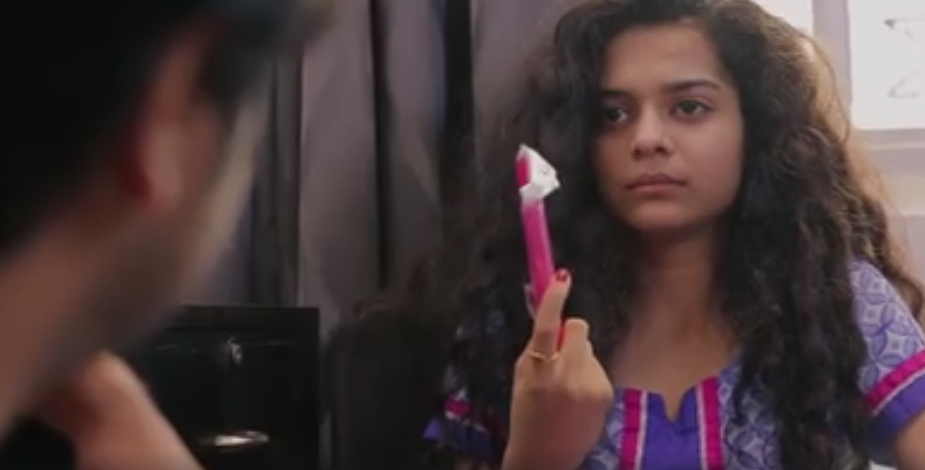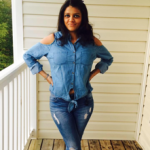
by
Gender stereotyping is not a new concept and has been going on since the existence of mankind. This 2-minute video, uploaded by FilterCopy, bashes the misconception in more than one way.
Here are 10 fun gender stereotypical rants the video discusses:
https://www.facebook.com/FilterCopy/videos/1145050712208547/
- Don’t all women like pink? #whocares #noteveryonelikespink #whyispinksuchagirlycolor
Yes, we like pink. So what? I have a lot of guy friends who love pink too. From the time we are born, it is assumed blue is for boys and pink for girls. But why?!?
- You don’t drink, right? #ilovealcohol #girlsliketoswing #whiskeylover #vodkainmybelly
I hate it when guys assume we won’t be drinking or will just have a breezer. I want to scream and say, “Dude, I can drink way more than you!” They assume, but why?
- I hope you are not planning to start a family anytime soon. #idontwanttomakebabies #iamnobabymakingmachine
Does a man get asked the same question? I wonder why everyone assumes women are constantly thinking of having babies. Our clocks are not always ticking.
- Sit properly, dress well and wax. #iwillnotwax #nomakeup #nobraday #iwillsitthewayiwantto
We are constantly reminded how we should sit properly with our feet together and not far apart; how we should dress well because girls have to look pretty and chic all the time and how we have to waxed bodies. Men don’t get called on for wearing low waist pants with their boxers sticking out, or their crotch bulging out of their tight fitted pants, they don’t have to wax because it’s manly to have grizzly bear hair all over them. Why do we have to suffer and bear all the pain.
- Why are you out this late? #whyshouldboyshaveallthefun
Boys get to be out and exhibit their ‘studliness’ until wee hours of the morning. But girls are inviting for trouble if they are out late. They get called names and the aunties in the neighborhood are like, “Who will get married to you,” “What will everyone think about you?” The moment women are out late, we are labelled and our image transforms from being the good girl to the shameless one. But why?
- You are so pretty, why don’t you have a boyfriend? #yesiamsingle #andidontwanttomingle
It is assumed pretty girls have a boyfriend, husband or a partner. It is not a crime to be pretty and stay single. They assume.
- Obviously, you aren’t the feminist types, right? #whoisafeministanyway #iswingbothways
This one makes me so angry. What does feminism even mean? I can be a feminist and love my husband, partner, boyfriend. I can be a feminist and queer, I can be a feminist and not care what you say. I don’t understand what these qualms around feminism even are.
- Why haven’t you changed your name after marriage? #idontwantyourlastname #Ilovemine
Do men have to change their names after marriage? Obviously not, then why is there so much deliberation and unwarranted hue and cry about a woman not changing her name. I don’t get it. I have grown up with a name all my life, obviously, this is my identity and I love it. If I don’t expect my husband to change his name, why must anyone expect that of me? Several women change their last name and there is nothing wrong in doing so. This should, however, be their own choice. Assumptions around this are what infuriates me
- You don’t think you can pay right? #icanpay #whydoyouassume
It is an underlined belief of men that women can’t buy themselves expensive jewelry, presents or even take a dinner check at a restaurant. Women are able-bodied individuals who can do everything men can.
- Do you watch sports? #ilovecricket #icanplaysoccer #stopgenderstereotyping
It feels like it’s against the law of nature if women are seen playing sports, following it, spending hours at the gym and building her muscular strength. Well, to break it to everyone out there, women do love sports. Being an Indian, I watch a lot of cricket—I love it, and as a matter of fact, I can even play cricket. Stop assuming.
 Abha Rai is a social worker and a doctoral student at the University of Georgia, Athens who works on domestic violence issues with South Asian immigrant women in the United States. She identifies herself as a women’s rights activist and a feminist. She has been passionate about social work since high school. She loves to travel, try out new food and is a fitness freak. On a free day, she loves to sip coffee, write her heart out and go out for a nice long run.
Abha Rai is a social worker and a doctoral student at the University of Georgia, Athens who works on domestic violence issues with South Asian immigrant women in the United States. She identifies herself as a women’s rights activist and a feminist. She has been passionate about social work since high school. She loves to travel, try out new food and is a fitness freak. On a free day, she loves to sip coffee, write her heart out and go out for a nice long run.




